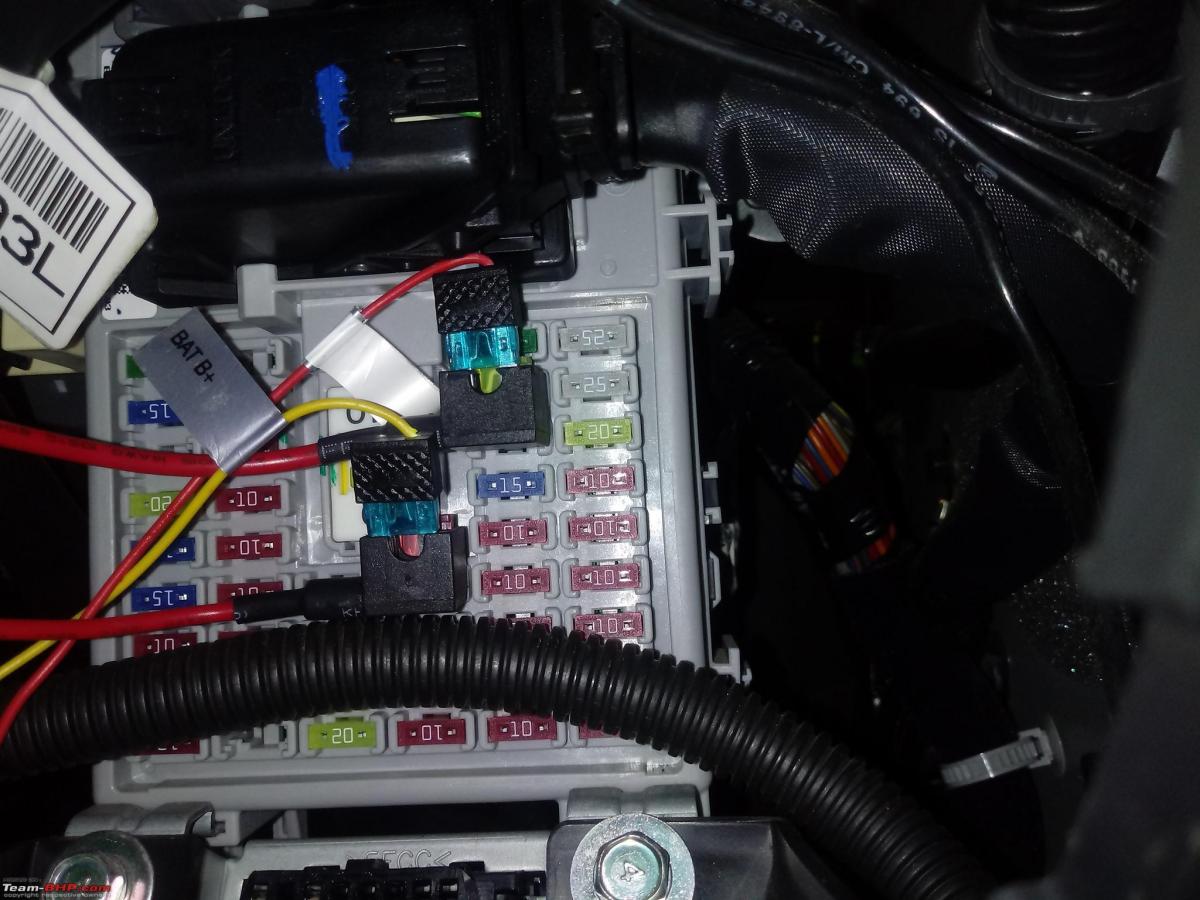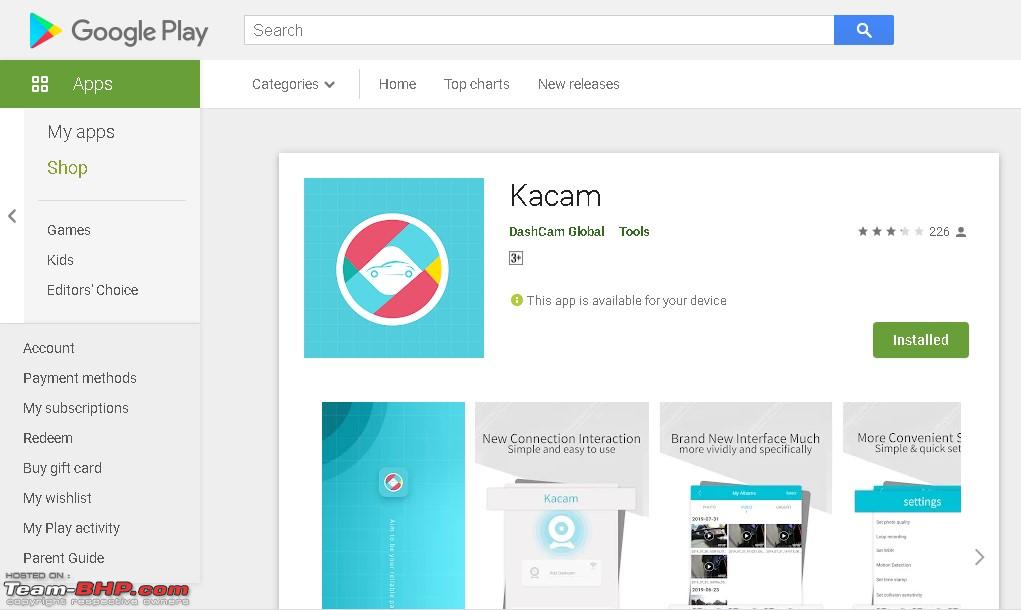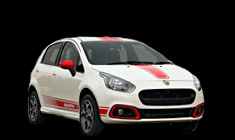News
DIY Install & Review: Y3S Dual Dashcam in my Hyundai Creta
Personally, I cannot stress the importance of a dashcam enough especially in India but sadly, it is probably the most overlooked accessory as of now.
BHPian Chhanda Das recently shared this with other enthusiasts.
Let me begin this by thanking Safe Cams for sending me their Y3S dual-dashcam model for reviewing.

Disclaimer: This is not a paid review. I am reviewing this in as unbiased a way as possible primarily from the perspective of a Creta owner who might be interested in a dashcam. The battery negative was disconnected before performing the electrical installation.
Personally, I cannot stress the importance of a dashcam enough especially in India but sadly, it is probably the most overlooked accessory as of now.
Box contents

Installation procedure
Electrical installation: The rear camera wire was plugged into the other end of the wire with the 2.5 mm 3 pole male AV connector and this connector was plugged into the main front camera unit. The main proprietary connector was connected to the dashcam's main unit which also houses the front camera. The other end of this connector has the wires marked ACC, Batt B+ and GND.
I connected the wire marked "ACC" to the fuse socket for the rear 12v power outlet through one of the supplied fuse taps. The fuse taps are provided with the hardwire kit (image below). Please note that if you hardwire this completely then the main fuse bypass will have the 20 ampere fuse while the fuse for the dashcam will have a 5 ampere fuse, both on the fuse tap.
Next, I connected the wire marked BATT B+ to the fuse socket for the cabin lights again through another supplied fuse tap. Please note here as well that if you hardwire this completely then the main fuse bypass will have the 10 ampere fuse while the fuse for the dashcam will have a 5 ampere fuse, both on the fuse tap.
Finally, the prong connector of the wire marked "GND" was connected directly to the negative terminal of the battery through the existing connections of an aftermarket 12v socket which was installed earlier. As an alternative, the prong connector can also be connected to any of the ground-connected bolts around the cabin fuse box and this is the more preferable method.

Software installation: This part is very easy. The Kacam app needs to be downloaded from the link mentioned in the user manual. An alternative way would be to scan the QR code that comes in the box package. The app is very lightweight. After installing, we need to connect the smartphone with the dashcam through WiFi after entering the password which can be obtained by contacting the manufacturer.

Physical installation: The live footage from the cameras can be very helpful in adjusting their position before the final installation of the cameras. The front camera which also serves as the main unit comes with a mount that has a double-sided adhesive tape attached to it. Although it can be attached to the windshield, I would suggest not to do so since it is illegal to install anything on the safety glass areas of a car unless approved by the government. This is because the visual light transmittance or VLT percentage gets reduced. Hence, I cleaned a small portion of the dashboard as well as the underside of the rear high-mounted stoplight assembly module with a degreasing solution first and then with alcohol wipes. Then both the cameras were installed at their respective places. Since the product was just for review, I kept the wiring exposed. However, buyers can easily hide the wiring inside the roof liner area as well as the A-pillar plastic trim on the driver's side if necessary. The wires have more than enough length for this. The supplied 64 GB micro-SD card was then plugged in into the main unit.
Review
Pros: This dashcam has a capacitor instead of an inbuilt battery. The disadvantage of battery-based dashcams is that they are risky since they typically use lithium-based batteries which are prone to explosions due to their high sensitivity to heat. It would be wise to note that the interior temperatures of a car parked outside under the sun often exceed 80 degrees centigrade in summer in India. Capacitor-based dashcams like this one have no such issues.
The picture quality is top-notch primarily due to the Sony sensor but the footage shown below does not do justice to the actual quality due to the limitations of websites like Facebook, Youtube, etc.
I also liked the fact that each of the cameras of the Y3S records full HD 1080p videos @ 30 FPS. Frankly, I was tired of seeing shady manufacturers selling poor-quality dashcams which actually capture footage at 720p but they sell it with confusing names like HD-Ready or even fraudulently claim to be more than 1080p (720p + 720p). The dashcams by Safe Cams have no such issues and what you see is exactly what you get.
Also, many other dashcams often capture footage with a slight bluish tinge but the Y3S maintains the colour accuracy very well.
The depth of field (DOF) of this Y3S is very high too. This means that most objects in its line of sight will remain in focus irrespective of the objects' distance from the lens. Kudos to Safe Cams for that. I was inadvertently able to test the DOF specifically due to the adhesive tape not sticking to the surface which resulted in improper positioning of the camera but more on that later.
The audio quality too is surprisingly good in this Y3S dashcam which is not usually the case with other dashcams. The recorded audio is not stereo but monaural in nature. The advantage of monaural audio is that it requires approximately half the storage space of stereo sound if the rest of the parameters are the same.
Cons: Everything in this world has some negatives and this Y3S too is not an exception. Firstly, the double-sided adhesive tapes supplied with this dashcam were of very poor quality and would not stick. I had to hold the dashcam's front unit on the dashboard of my first-generation Creta with my right hand the entire time to make this review while my son was driving. The rear camera of this dashcam stuck to its position for some time but later that too fell down on the rear parcel tray of my car. The rear camera has a provision for installation with the help of supplied screws but I didn't want to damage my car since the product was just for review purposes.
Secondly, there is a minor software issue where the app refuses to connect to the dashcam after the engine is turned back on after switching it off. My son checked this with multiple smartphones as well as both a laptop and a desktop PC running Bluestacks (an Android emulator). However, once connected, the Kacam App maintains the connection flawlessly. Safe Cams has promised to look into this issue and claim to be upgrading and fixing the software bugs continuously. So hopefully, such issues will be resolved soon. Also, this connection issue with the App has no impact on the dashcam's footage recording. Not once did the dashcam fail to record and that is what matters the most.
Thirdly, the footage captured by the rear camera is mirror-inversed and I found this a bit weird and slightly disconcerting.
Fourthly, the file lengths of the captured video footage is of approximately 1 minute each. Although this is excellent for preventing the file from getting corrupted in a collision, I would have preferred user-adjustable file lengths in variations of 2, 5, 15, 30 and 60 minutes as those would enable us to capture complete trips and easily store them for viewing later. However, I also understand that a lot more processing power would be required for handling such large file sizes along with a faster micro SD card. And this would push up costs substantially.
What could have been better is that they could have kept the provision to add a GPS module purchasable separately to add to the dashcam. This is because GPS data on the footage adds more legal weight to evidence admissible in a court of law. Hopefully, they will release such models in the future.
Summary
Overall, the product is very good and does its job flawlessly apart from the minor niggles. The best part is that this product is "Made in India" and performs its basic duty exceptionally. The pricing of this product at INR 13499 after a 10% discount on its MRP at INR 14999 is very reasonable too. Shared below is some sample footage that should give you some idea of the video quality but an accurate representation of the Y3S dashcam's footage is nearly impossible here since websites like Facebook, Youtube, etc render their videos very differently from the original videos. Still here is a compilation of some of the captured footage.
Check out BHPian comments for more insights and information.
- Tags:
- Indian
- Member Content
- dashcam
- Review

















